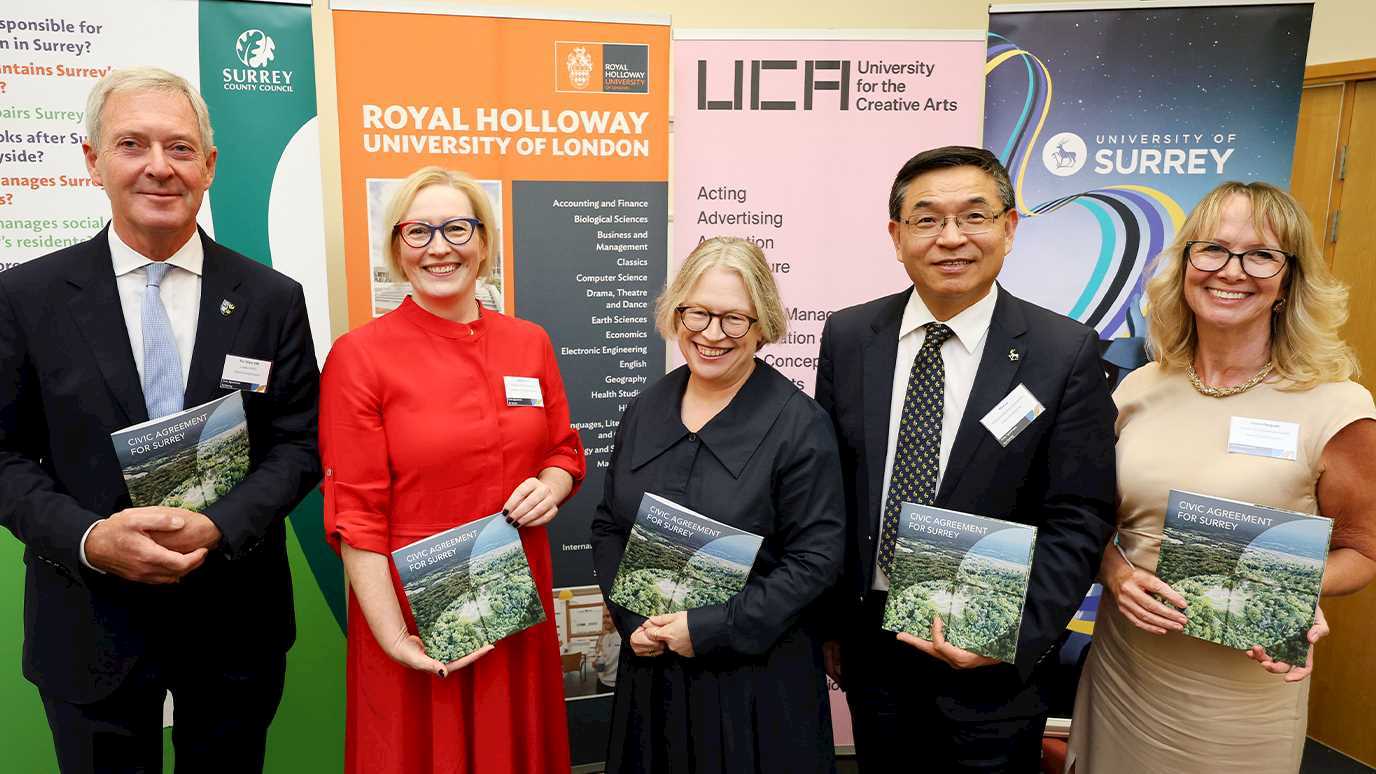A large crack, stretching several kilometres has made a sudden appearance recently in south-western Kenya, as reported by BBC news.
The tear, which is approximately 50 feet by deep and 50 feet wide and continues to grow, caused part of the Nairobi-Narok highway to collapse and may have been accompanied by some seismic activity in the area. Geologists are now focusing on determining why the crack has appeared, and whether its formation is in any way related to the fact that Africa is splitting in two.
Dr Lucía Pérez-Díaz of Royal Holloway, University of London, wrote an article about the occurrence and was ask for her expert opinion on the matter.

The Earth’s lithosphere (formed by the crust and the upper part of the mantle) is broken up into a number of tectonic plates.
These plates are not static, but move relative to each other at varying speeds, ‘gliding’ over a viscous asthenosphere.
Exactly what mechanism or mechanisms are behind their movement is still debated, but it’s likely to include convection currents within the asthenosphere and the forces generated at the boundaries between plates.
These forces do not simply move the plates around, they can also cause plates to rupture, forming a rift and potentially leading to the creation of new plate boundaries. The East African Rift system is an example of where this is currently happening.
The East African Rift Valley stretches more than 3,000km from the Gulf of Aden in the north towards Zimbabwe in the south, splitting the African plate into two unequal parts: the Somali and Nubian plates.
Activity along the eastern branch of the rift valley, running along Ethiopia, Kenya and Tanzania, became evident when the large crack suddenly appeared in south-western Kenya.
Dr Lucía Pérez-Díaz, Postdoctoral Researcher, said: “The Earth is an ever-changing planet, even though in some respects change might be almost unnoticeable to us.
“Plate tectonics is a good example of this. But every now and again something dramatic happens and leads to renewed questions about the African continent splitting in two.”
The East African Rift is unique in that it allows scientists to observe different stages of rifting along its length.
To the south, where the rift is young, extension rates are low and faulting occurs over a wide area. Volcanism and seismicity are limited.
Towards the Afar region, however, the entire rift valley floor is covered with volcanic rocks. This suggests that, in this area, the lithosphere has thinned almost to the point of complete break up. When this happens, a new ocean will begin forming by the solidification of magma in the space created by the broken-up plates.
Eventually, over a period of tens of millions of years, seafloor spreading will progress along the entire length of the rift.
The ocean will flood in and, as a result, the African continent will become smaller and there will be a large island in the Indian Ocean composed of parts of Ethiopia and Somalia, including the Horn of Africa.
Dramatic events, such as sudden motorway-splitting faults or large earthquakes may give continental rifting a sense of urgency but, most of the time, it goes about splitting Africa without anybody even noticing.
Photographs can be found here.
























